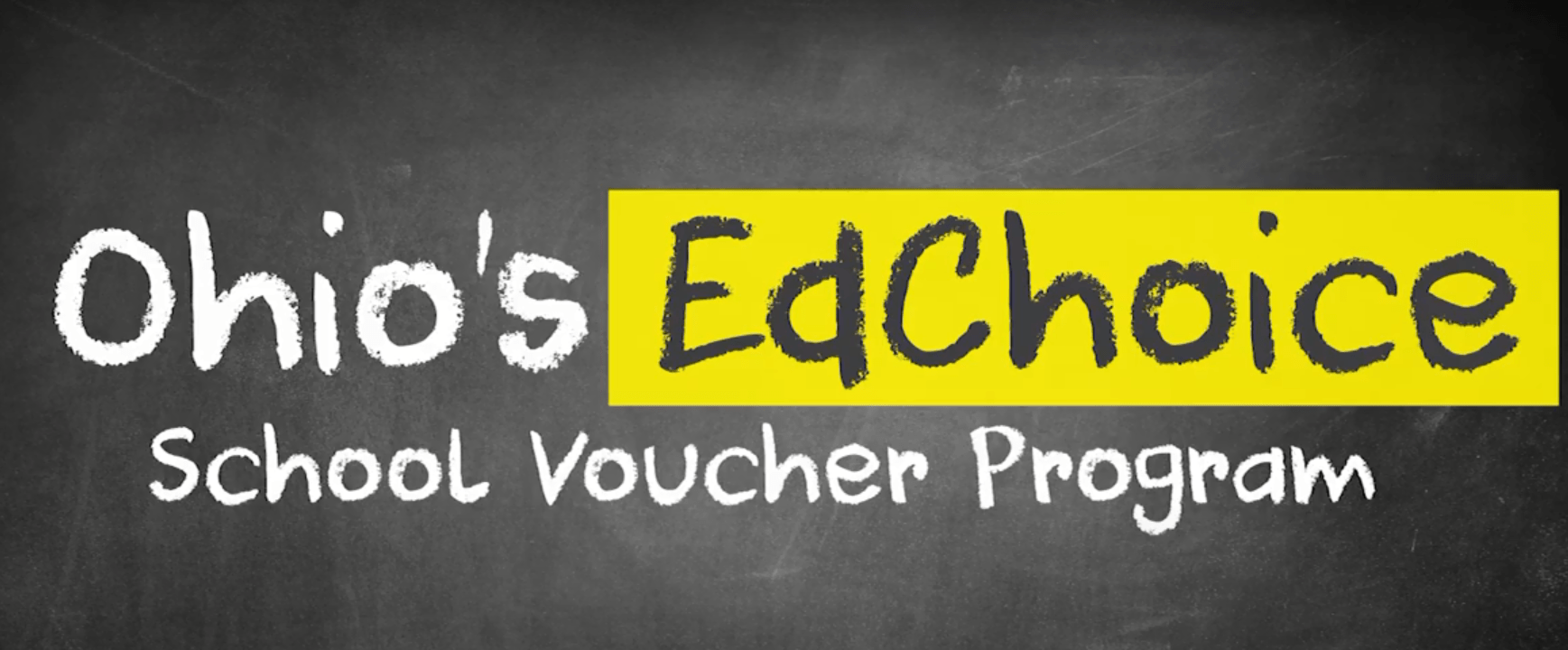Competing interests are facing off in Ohio about school choice vouchers. On one side, the education establishment has filed a lawsuit in Franklin County seeking to completely eliminate vouchers. On the other side, State Senator Sandra O’Brien has reintroduced the Parental Education Freedom Act that would make all students in Ohio eligible for vouchers. Against this backdrop, the Fordham Institute in Columbus, Ohio published results of a study that addressed claims made in the lawsuit and found that school choice vouchers:
- Improve district performance.
- Reduce district segregation.
- Have no impact on district spending.
Background on school choice vouchers
According to the Fordham Institute, a think tank that promotes educational excellence for every child in America, over 75,000 Ohio students participate in one of the state’s five voucher programs. The largest of which are known as Ohio’s Educational Choice Scholarship Program (EdChoice). These vouchers provide scholarships for students to attend a private school – $5,500/year for students in K-8 and $7,500/year scholarships for students in 9-12.
Universal EdChoice coming to Ohio?
Originally limited to students from underperforming school districts or low-income families, the Parental Education Freedom Act reintroduced by Republican State Senator Sandra O’Brien (R-Ashtabula) would allow all Ohio students access to state vouchers. Families choosing to home school would be eligible for tax credits of up to $2,000 for reimbursement of educational expenses. If passed, Ohio students and parents would no longer be trapped in progressive, under-performing public schools that are unresponsive to parental input.
Education coalition sues to eliminate EdChoice
In 2021 a group of lobbyists, district administrators and school boards sued the state in an effort to eliminate EdChoice altogether, despite the overwhelming popularity of the program among parents. The lawsuit claims that EdChoice hurts district finances and results in more segregated public schools. Their claims seem to imply that EdChoice vouchers harm the students that remain in the public school.
Fordham study refutes lawsuit claims
Fordham asked respected professor Stephane Lavertu of The Ohio State University to conduct an in-depth analysis of the impact of the state’s performance-based EdChoice program in areas of district achievement, segregation and educational expenditures. He looked at data from inception of the program to the year just prior to the pandemic (school years 2006–07 to 2018–19) and found the following:
Improved district achievement. EdChoice did not harm district students and, in fact, led to modest achievement gains in districts that EdChoice students chose to leave. Although affected districts still tend to struggle overall academically, these incremental improvements suggest that a more competitive environment may have helped focus districts on academic success.
Reduced district segregation. Due to their geographic boundaries and residential patterns, Ohio school districts were highly segregated long before vouchers existed. EdChoice helped to reduce district segregation—no doubt reflecting the strong participation of Black and Hispanic students in the program (55 percent of voucher recipients in 2018–19). With such large numbers of Black and Hispanic students moving to the private school sector, the likelihood that public school students are in a racially “isolated” school has declined.
No impact on district expenditures per pupil. Contrary to the critics’ chief allegation—that vouchers “drain money” from districts— EdChoice does not decrease the per-pupil expenditures of districts. Districts see reductions in state aid when students participate in choice programs, but they actually experience an increase in local funding per pupil, because parents continue to pay local taxes and those local taxpayer dollars do not “follow” voucher students to their schools of choice.
Concluding remarks
The foreword of the report concludes: “The sky is falling,” cry the Chicken Little critics of Ohio’s choice programs. But they are mistaken. District students are not left as “collateral damage” when parents have more education options and decide to pursue them. Quite the contrary: the increased competition seems to stir traditional public schools to undertake actions that benefit district students. For judges, journalists, and Ohioans everywhere, we say this: don’t believe the critics’ hype. And for Ohio policymakers, we say: keep working to expand quality educational choices. Free and open competition is known to fuel economic growth. In the same way, it can also drive excellence, innovation, and greater productivity in our public and private schools.
Read the full report in PDF format.












